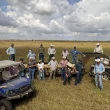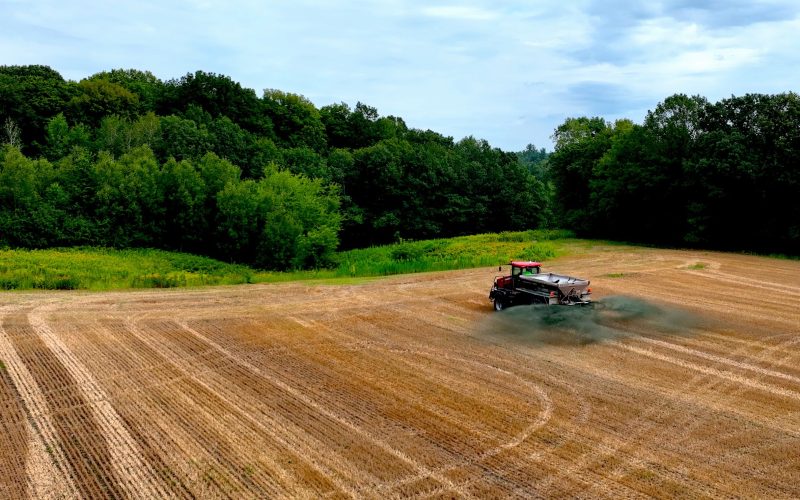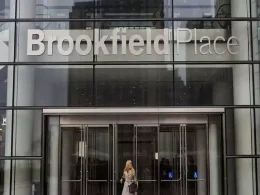The National Geographic Society has launched a new programme, Food for Tomorrow, in partnership with PepsiCo to spotlight the global expansion of regenerative agriculture and provide fresh funding for sustainable farming innovations.
Announced on 4 September, the initiative aims to highlight the environmental pressures facing global food systems, which drive deforestation and soil degradation while generating significant food waste. UNESCO estimates that up to 90% of the world’s land surface could be degraded by 2050, even as millions face hunger.
Central to the programme is support for regenerative practices that restore soil health and protect natural resources. PepsiCo, which has pledged to scale regenerative, restorative or protective farming methods across 10 million acres by 2030, will back five National Geographic Explorers to document communities adopting these practices.
“Climate change is putting unprecedented pressure on the global food system, and farmers feel it every day,” said Ramon Laguarta, PepsiCo’s chairman and chief executive. “Food for Tomorrow combines PepsiCo’s deep food system expertise with National Geographic’s power to advance science and inspire action.”
The partnership will also establish the Building Resilience in Agriculture Fund, offering up to five scientific grants of $150,000 each to projects applying science to scale regenerative farming. Applications are open globally until 30 September, with winners to be announced in early 2026.
In addition, a new data-mapping tool will be developed to track regenerative agriculture projects and their outcomes, with results expected to be published on the National Geographic Society’s website in 2026.
“This programme is about fuelling a global movement, rooted in science and hope, to help build a thriving future for generations to come,” said Jill Tiefenthaler, chief executive of the National Geographic Society. “Our future will be shaped by how we grow our food today—and we’re reimagining what’s possible when that system nourishes both people and the planet.”





















